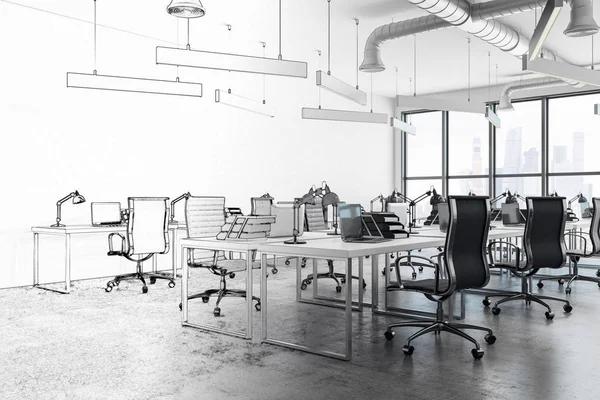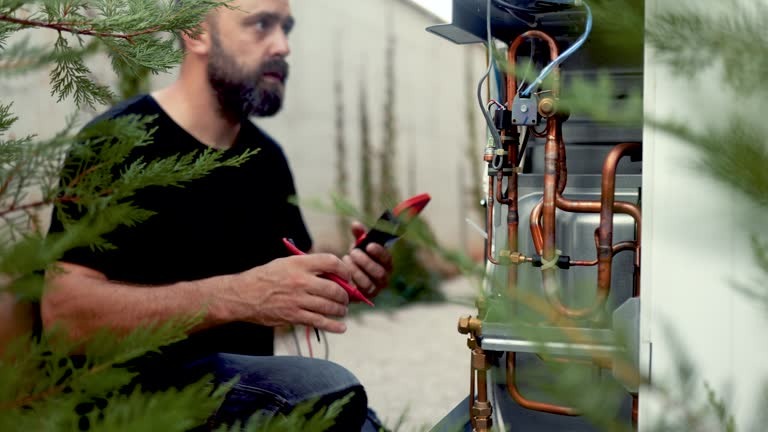
Coworking spaces have emerged as a popular solution for professionals seeking an environment that balances comfort and connectivity. These shared workspaces are thoughtfully designed to meet the diverse needs of freelancers, startups, remote workers, and even established companies looking for flexible office options. The primary goal of coworking spaces is to create an atmosphere where individuals can focus on their tasks while enjoying the benefits of a collaborative community. Comfort plays a significant role in achieving this balance, as it directly impacts productivity and overall satisfaction.
Modern coworking environments prioritize ergonomic furniture to support long hours of work without causing physical strain. Adjustable chairs, spacious desks, and proper lighting contribute to reducing fatigue and enhancing concentration. Many spaces also incorporate quiet zones or private rooms for those requiring minimal distractions during important meetings or focused work sessions. Temperature control systems ensure that the workspace remains pleasant throughout the day regardless of external weather conditions. Beyond physical comfort, amenities such as well-maintained restrooms, kitchens with complimentary beverages, and relaxation areas provide additional convenience that helps users feel at home.
Connectivity in coworking spaces extends beyond reliable internet access; it encompasses opportunities for networking and collaboration among members. High-speed Wi-Fi is standard in these environments because uninterrupted online connectivity is essential for most professional activities today. Additionally, many coworking providers offer advanced technological infrastructure including video conferencing facilities, printing services, and secure data storage solutions to support various business operations seamlessly. The layout often encourages interaction through communal tables or lounge areas where spontaneous discussions can lead to new ideas or partnerships.
The sense of community fostered within coworking spaces enhances both comfort and connectivity by encouraging social engagement without compromising individual work requirements. Regular events such as workshops, seminars, or informal gatherings help members build relationships while expanding their skills or knowledge base. This dynamic creates an ecosystem where people from different industries share insights and collaborate on projects more easily than they might in isolated home offices or traditional corporate settings.
Furthermore, accessibility features ensure that coworking environments accommodate individuals with varying mobility needs comfortably while maintaining inclusivity across all users. Security measures like keycard entry systems guarantee safe access only to authorized personnel which reassures members about safeguarding their belongings and confidential information alike.
In summary, coworking spaces designed with a focus on comfort and connectivity offer much more than just desks; they provide well-rounded environments tailored to enhance productivity through thoughtful design elements combined with technological resources and community-driven experiences. These factors collectively create ideal workplaces suited for today’s evolving professional landscape where flexibility meets efficiency effortlessly under one roof.





